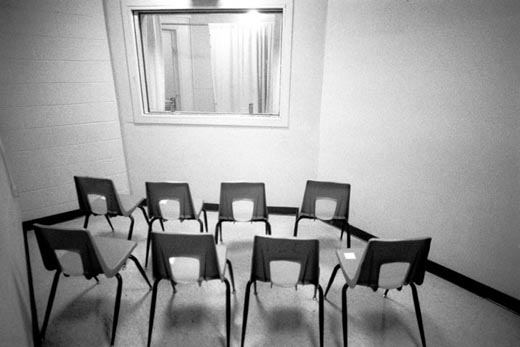By this time at the end of the year, states have generally stopped killing their prisoners. This break from executions is a good thing, and perhaps this year it will give us a chance to reflect on the larger question of our violent culture, and on how perhaps we can start focusing on preventing terrible crimes rather than simply responding with more violence.
The end of the year is also a time for looking back. Fortunately, this is also the time of year when the Death Penalty Information Center releases its year-end report, which provides a lot of good data. This year’s version reveals the geographically arbitrary (and increasingly isolated) nature of capital punishment in the U.S. In 2012, death sentences and executions maintained their historically low levels, and only nine states actually carried out an execution. In fact, the majority of U.S. states have not carried out an execution in the last five years. Just four states were responsible for around three-fourths of the country’s executions, and four states issued about two thirds of U.S. death sentences.



